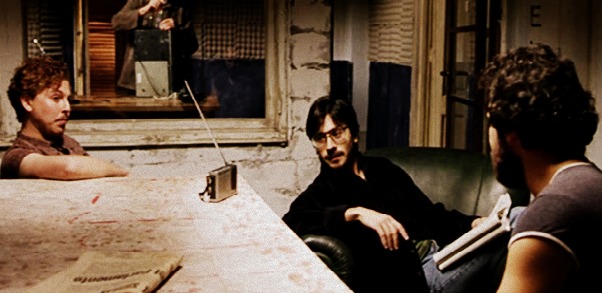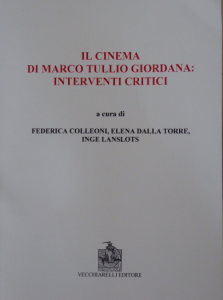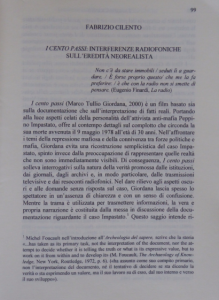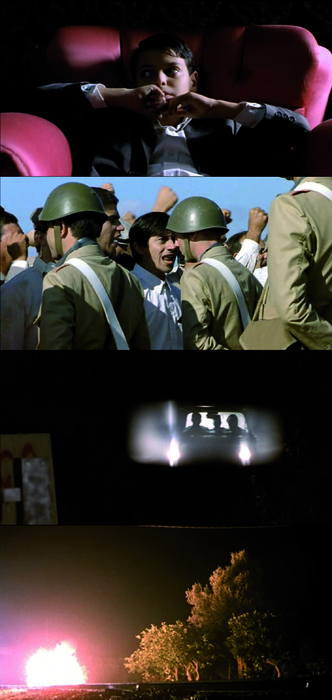
Abstract
This essay provides a conceptual map of the relationship between One Hundred Steps (2000), its precursors and contemporaries, and in doing so analyzes the innovative nature of Marco Tullio Giordana’s authorship. Giordana brought his crew on location and established a relationship with the citizens of Cinisi, Peppino’s friends, mother and brother, interviewing witnesses to the events and modifying the screenplay accordingly. In this sense, his film displays the legacy of early neorealism (particularly The Earth Trembles, Luchino Visconti’s 1948 ethnographic expedition in Sicily) and that of Francesco Rosi, whose 1963 Hands over the City is openly evoked. In addition, I claim that in order to understand the film, one needs to take into account the American mafia portrayal by directors such as Martin Scorsese and Francis Ford Coppola. While Peppino emphasized the difference between himself and the mafia in his town by refusing to cross a short distance, Peppino’s father travels enormous distances in his attempt to reconcile the situation back at home, a subtle indication in the film of both the mafia’s global reach and how close family ties do not fade across continents. Giordana’s cinematic re-assertion of both Sicilian heritage and US film is consistent with the film’s narrative and with his choice to demonstrate, retrospectively, how the town of Cinisi’s mafia crime trade was an early example of globalization. Not by chance, there is a particular emphasis on the new spatial relationships created by the airport and the mode of exploitation it represents (in some sequences Peppino fights the expropriation of the farmers’ land for the construction of the third runway). It is in front of such modified spatial relationships that Peppino comments upon how such constructions alter the landscape, delivering his famous lyrical monologue: “You can find logic for anything once it’s done, once it exists…it takes so very little to destroy beauty.” One Hundred Steps oscillates between the two poles of documentary and fiction, creating a new hybrid aesthetic that reveals to be seminal in the new millennium.
This article has been published in the volume The Cinema of Marco Tullio Giordana (Editore Vecchiarelli, 2015)
The work of Italian film director Marco Tullio Giordana has recently become the subject of academic attention. Major scholars in the field of Italian Studies have expressed interest in his work in articles, book chapters and presentations. His films are constantly screened at Italian film festivals. A comprehensive evaluation of Giordana’s work is therefore needed in the field of Italian film studies, if only because his work demonstrates that the claim of a crisis of Italian cinema is not justified. Through the volume we explore and analyze the multifarious nature of Giordana’s cinematic production as well as its critical/crucial role in the representation of Italian cultural history.
One Hundred Steps & the Neorealist Heritage (Book Chapter)
- Categories →
- Research
-

An Investigative Cinema (Book)

-
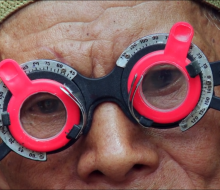
Joshua Oppenheimer’s Cold War Between Thought and Expression

-
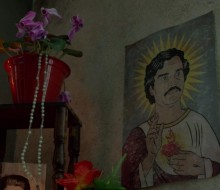
Too Strange to Believe: Magical Realism and Cold War Politics in Narcos

-

The Aesthetics of the Procedural in Post-9/11 Cinema (Cinema Journal)

-
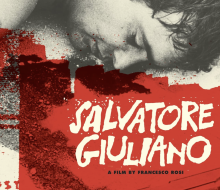
Shifting the Present: Francesco Rosi’s Salvatore Giuliano (Chronica Mundi)

-

In and Out of the Jungle: The Politics of Gael García Bernal (SCMS 2016)

-
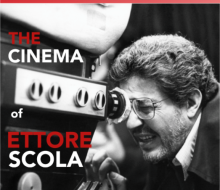
The Cinema of Ettore Scola (International Symposium at Casa Artom; Venice)

-
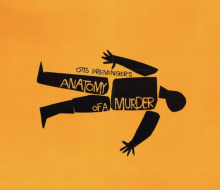
Just Imagine: Genre and the Logic of Movie Posters (Invited Talk)

-
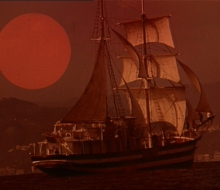
Evening Rituals: Marco Ferreri’s Dillinger is Dead (Intersections Conference; Florence)

-

Contemporary Science Fiction Cinema — Two Special Dossiers for Film Matters 8.3 & 9.1

-

Network Narrative in Diaz. Don’t Clean Up This Blood (Harvard, ACLA 2016)

-

What Julian Smith Hates (and Loves) About Facebook: Social Media Parody as Self-Promotion (Comedy Studies)

-
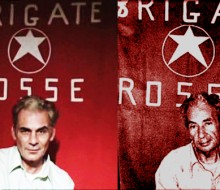
The Moro Affair in Gian Maria Volonté’s Movies (Book Chapter)

-
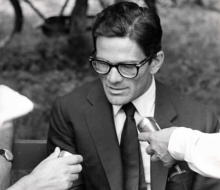
The Interview as Self-criticism: on Pasolini’s Metatelevisual and Extracinematographic Performativity (Book Chapter)

-

The Ontology of Replay: The Zapruder Video and American Conspiracy Films (Teorija in praksa)

-

The Missed Encounter with the Actor-Poet: Carmelo Bene and Vittorio Bodini According to Ruggero Jacobbi (California Italian Studies)

-

One Hundred Steps & the Neorealist Heritage (Book Chapter)

-

Even the Rain: A Confluence of Cinematic and Historical Temporalities (The Arizona Journal of Hispanic Cultural Studies)

-
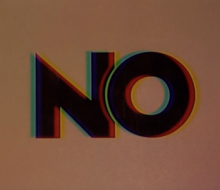
Pablo Larraín’s No and the Aesthetics of Television (Seismopolite)

-

Saviano, Garrone, Gomorrah: Neorealism and Noir in the Land of the Camorra (Fast Capitalism)

-

Conferences

-

Theater According to Ruggero Jacobbi

-
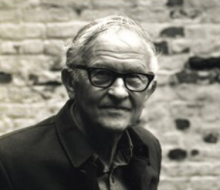
A Conversation with Albert Maysles

-
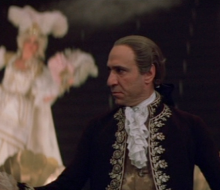
Rock me Amadeus: The Mozart-Salieri Conflict in Drama & Film

-

A Certain Absence in French Cinema

-

Cinemablography: Laughter as a Menacing Motif in Paul Thomas Anderson’s The Master

-

Cinemablography | A Legacy Intertwined: Christopher Nolan and his Dark Knight

-
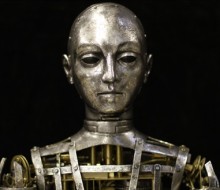
Cinemablography | Hugo: Nostalgia for the Origins of Cinema

-
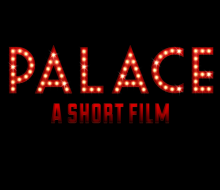
Palace, A Short Film

-

Dragoon Online

-

Pioneering YouTube

-

Genetic Ancestry Project

-
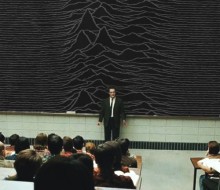
Teaching

-

Science Fiction Cinema

-

Short Story from Borges to HTML

-
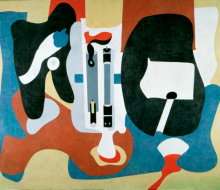
Eremo Zafer (Poetry)

-

Adagio Domestico (Crocetti Editore)

-
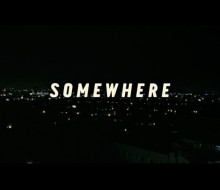
Somewhere Else (Poetry Book)

-
Clients


